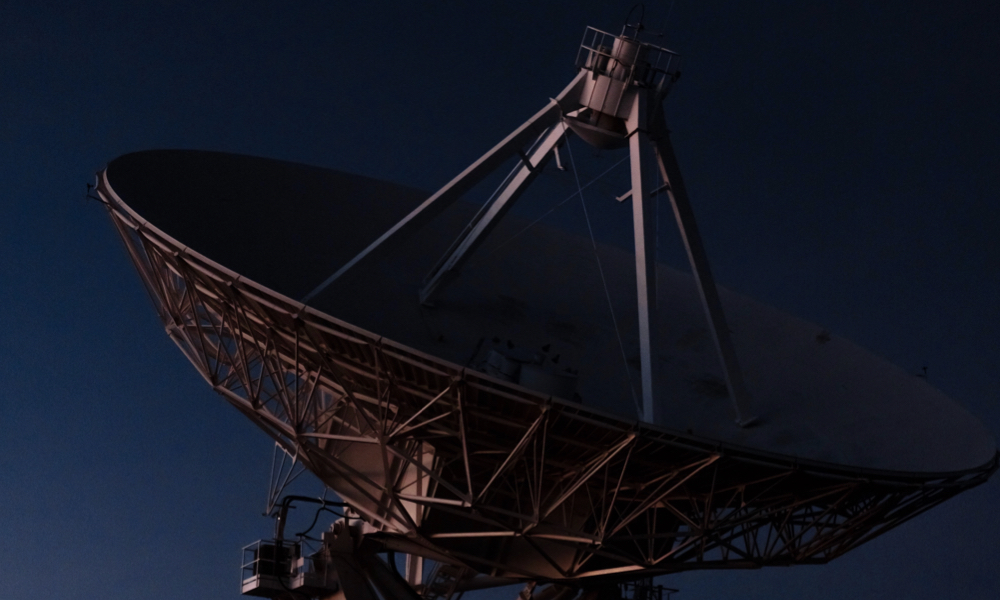
PROJECT TITLE: Suborbital Launcher for Testing, Unconventional Subsystems Development — SLT-USD
Coordinator: University POLITEHNICA of Bucharest – CCAS
Partners:
- National Institute for Aerospace Research „Elie Carafoli” – INCAS-SA
- SC “Electromecanica Ploiesti” SA
- SC “Tohan” SA
- SC SYSCOM18 SRL
Period: 2012 – 2014
Project director: Teodor-Viorel Chelaru
Project team: Prof. dr.ing.: Danaila Sterian, Berbente Corneliu, Stanciu Virgil, Stoica Adrian-Mihail; Conf.dr.ing. Stoia-Djesca Marius; SL.dr.ing. Frunzulica Florin.
Description: The project proposes a Suborbital guided Launcher for Testing (SLT) capable of reaching the height of 100-150 km with a payload of (5-10 kg) in a guided flight regime, as well as problems regarding unconventional subsystems: RCS; high performance HRM, GNC. Therefore, while classical suborbital sounding rockets are unguided and they use as propulsion solid fuel motor having an uncontrolled ballistic flight, SLT project is introducing a different approach, by proposing the creation of a guided suborbital launcher, which is basically a satellite launcher at a smaller scale, containing its main subsystems.
Project objectives: The project, as it is shown in the title, has two major objectives: first, a short term objective, which consists in obtaining a suborbital launching system which will be able to go into service in a predictable period of time, and a long term objective that consists in the development and testing of some unconventional sub-systems which will be integrated later in the satellite launcher as a part of the European space program.
Activities:
- Ensemble Suborbital Launcher for Testing – SLT
- Guidance Navigation and Control System – GNC
- Reaction Control System – RCS
- Final Stage – Hybrid Rocket Motor HRM
- First stage – Solid Rocket Motor – SRM and Boosters
- Disemination and exploitation
Contributions to the STAR programme objectives:
The main correlation with STAR program consists in SLT purpose to allow the test of system and subsystem in relevant environment or in space environment and to achieve Technological Readiness Level 6 or 7 (prototype demonstration). This test must be done with reasonable price conditions and finally allow to other project programs to achieve high TRL level, this being one of the purpose of STAR program board.
Homepage:
